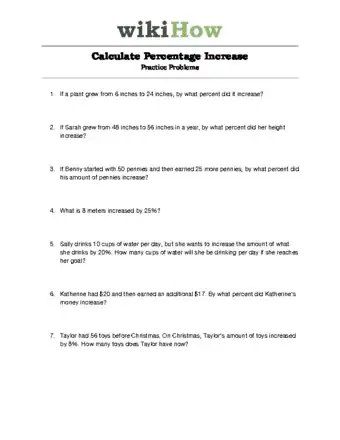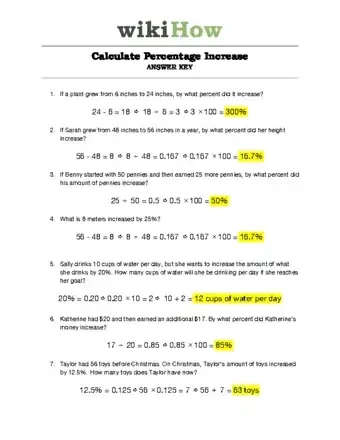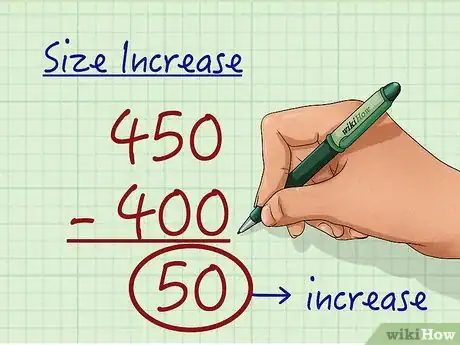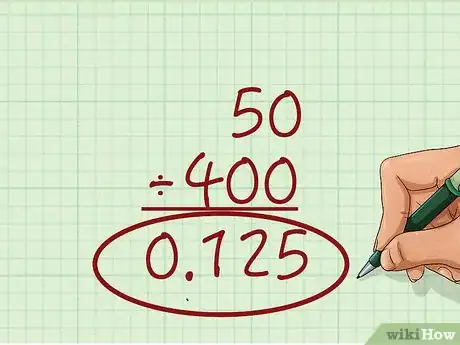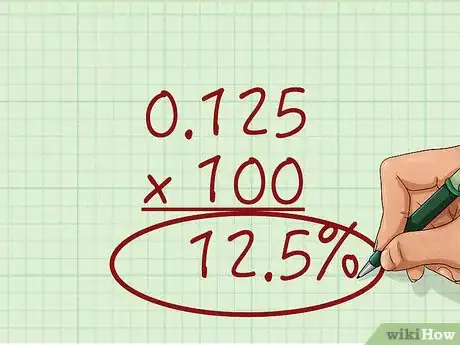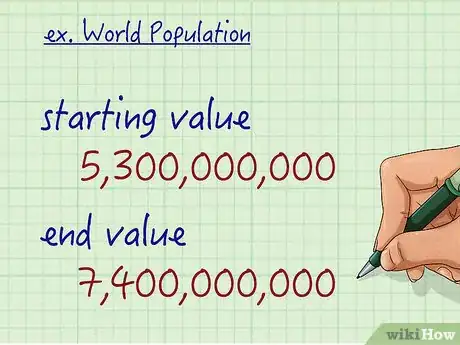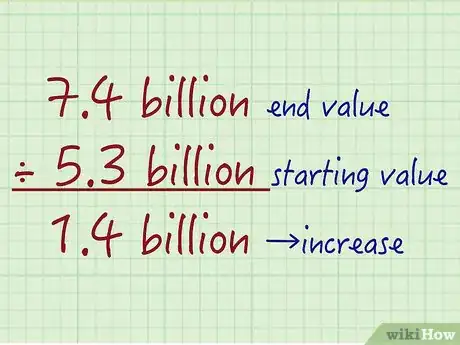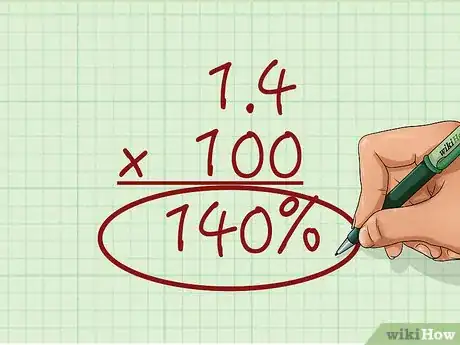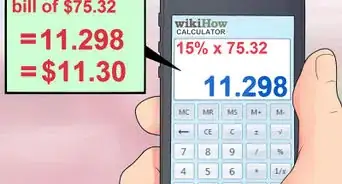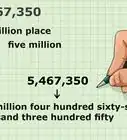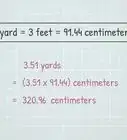This article was co-authored by Grace Imson, MA. Grace Imson is a math teacher with over 40 years of teaching experience. Grace is currently a math instructor at the City College of San Francisco and was previously in the Math Department at Saint Louis University. She has taught math at the elementary, middle, high school, and college levels. She has an MA in Education, specializing in Administration and Supervision from Saint Louis University.
This article has been viewed 2,816,418 times.
Knowing how to calculate percentage increase is useful in a variety of situations. For instance, even when watching the news, you'll often hear a change described in large numbers without any percentage to give them context. If you calculate the percentage increase and discover it's actually less than 1%, you'll know not to believe the scare stories. Calculating percentage increase is as simple as dividing the size of the increase by the original amount.
Steps
Practice Problems
Calculating Percentage Increase
-
1Write down the starting value and end value. For example, let's say your auto insurance premium just went up. Write down these values:
- Your car insurance premium was $400 before the increase. This is the starting value.
- After the increase, it costs $450. This is the end value.
-
2Find the size of the increase. Subtract the starting value from the end value to find the out how much it increased.[1] We're still working with ordinary numbers at this point, not percentages.
- In our example, $450 - $400 = a $50 increase.
Advertisement -
3Divide the answer by the starting value.[2] A percentage is just a special kind of fraction. For example, "5% of doctors" is quick way to write "5 out of 100 doctors." By dividing the answer by the starting value, we turn it into a fraction that compares the two values.
- In our example, $50 / $400 = 0.125.
-
4
Alternate Method
-
1Write down the start value and end value. Let's start with a new example. The world population went from 5,300,000,000 people in 1990 to 7,400,000,000 in 2015.
- There's a trick to these problems with many zeroes. Instead of counting the zeroes each step of the way, we can rewrite these as 5.3 billion and 7.4 billion.
-
2
-
3Multiply by 100. This will tell you the percentage comparison between the two values. If the value increased (instead of decreasing), your answer should always be larger than 100.[4]
- 1.4 x 100 = 140%. This means the world population in 2015 is 140% the size of the population in 1990.
-
4Subtract 100. In this kind of problem, "100%" is the size of the starting value. By subtracting this from our answer, we're left with just the percentage size of the increase.
- 140% - 100% = a 40% increase in population.
- This works because starting value + increase = end value. Rearrange the equation and we get increase = end value - starting value.
Expert Q&A
Did you know you can get expert answers for this article?
Unlock expert answers by supporting wikiHow
-
QuestionWhy does my answer keep coming out wrong?
 Grace Imson, MAGrace Imson is a math teacher with over 40 years of teaching experience. Grace is currently a math instructor at the City College of San Francisco and was previously in the Math Department at Saint Louis University. She has taught math at the elementary, middle, high school, and college levels. She has an MA in Education, specializing in Administration and Supervision from Saint Louis University.
Grace Imson, MAGrace Imson is a math teacher with over 40 years of teaching experience. Grace is currently a math instructor at the City College of San Francisco and was previously in the Math Department at Saint Louis University. She has taught math at the elementary, middle, high school, and college levels. She has an MA in Education, specializing in Administration and Supervision from Saint Louis University.
Math Instructor, City College of San Francisco
-
QuestionHow can I learn to increase numbers by a certain percentage?
 DonaganTop AnswererConvert the percentage to a decimal. Multiply the original number by that decimal. Add that product to the original number. The sum is the final number you're seeking.
DonaganTop AnswererConvert the percentage to a decimal. Multiply the original number by that decimal. Add that product to the original number. The sum is the final number you're seeking. -
QuestionHow do I determine the percentage between a product's yearly production increase?
 DonaganTop AnswererSubtract the first year's production from the second year's production. Take that difference, and divide it by the first year's production. That's the percentage increase in production.
DonaganTop AnswererSubtract the first year's production from the second year's production. Take that difference, and divide it by the first year's production. That's the percentage increase in production.
References
- ↑ http://www.skillsyouneed.com/num/percent-change.html
- ↑ Grace Imson, MA. Math Instructor, City College of San Francisco. Expert Interview. 1 November 2019.
- ↑ http://www.mathsisfun.com/numbers/percentage-change.html
- ↑ https://www2.le.ac.uk/offices/ld/resources/numerical-data/percentages
- ↑ http://scienceblog.cancerresearchuk.org/2013/03/15/absolute-versus-relative-risk-making-sense-of-media-stories/
- ↑ http://blogs.oregonstate.edu/socialdemography/2014/04/29/whats-difference-growth-rate-percent-change/
About This Article
To calculate percentage increase, start by writing down the starting value and the current value. Then, subtract the starting value from the current value. Next, divide that number by the starting value. Finally, multiply the number you got by 100 to find out the percentage increase. If you want to learn how to find the percentage increase by dividing the start and end values, keep reading!
